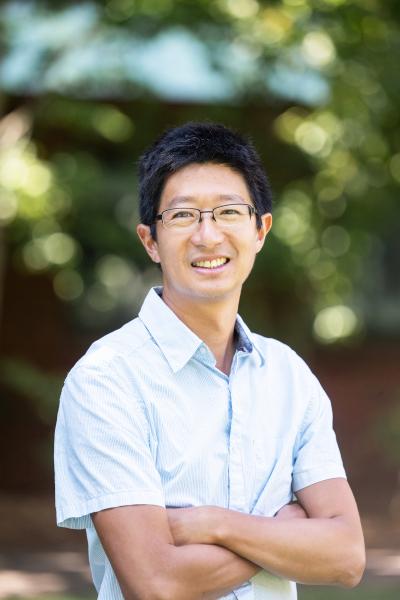Understanding Earthquake Ground Motion Variability from Fault Network Complexity
Victor Tsai
Brown University

- Date & Time
- Location
- Online-only seminar via Microsoft Teams
- Host
- Shanna
- Summary
Why do earthquakes damage buildings? Many buildings are damaged most heavily by high-frequency ground motion rather than longer period shaking. Despite the importance of these high-frequency ground motions, there is little understanding of what causes them, with ground motion models accounting for them purely empirically. Moreover, most frictional models for earthquakes generally underpredict how strong such high-frequency ground motions are, even when heterogeneous friction and realistic roughness are accounted for. In this talk, I discuss the role of complex fault zones in generating high-frequency ground motions, with a focus on the potential role of collisions of structures as they attempt to slide past each other during an earthquake. Interestingly, the ground motion from collisions depends mostly on the size and shape of the structures and does not depend on the magnitude of stresses within the Earth and thus gives a very different interpretation of what causes the most damaging ground motions. When incorporated with standard frictional models, the collision model explains various observations that are otherwise difficult to explain, including why stress drops sometimes are not observed to be magnitude invariant, why fault zones with more complexity have stronger ground motions, and why high-frequency radiation patterns are more isotropic than can be explained by scattering.
Closed captions are typically available a few days after the seminar. To turn them on, press the ‘CC’ button on the video player. For older seminars that don’t have closed captions, please email us, and we will do our best to accommodate your request.
 Jump to Navigation
Jump to Navigation